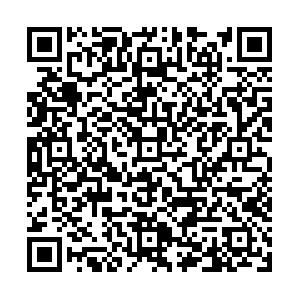Abstract:
Objective To investigate the effect of the implementation of new pharmaceutical care model on drug use in patients.
Methods From June to August 2018, 200 patients in Shaoxing Municipal Hospital were enrolled for clinical observation. Ages ranged from 18 to 75. Men and women were not limited. All patients were divided into Traditional Model Group and New Model Group according to random number table method. There were 100 cases in each group. There was no statistical difference in baseline data such as age, sex ratio and education level between the two groups (
P>0.05). For the Traditional Model Group, clinical pharmaceutical care for patients is mainly based on the prescription content of doctors, dispensing drugs, auditing special prescriptions, guiding patients to follow doctor's instructions or use drugs correctly according to drug instructions, providing drug guidance for consulting patients, and carrying out pharmaceutical care for special patients in outpatient clinics. For the New Model Group, applying new pharmaceutical care mode to carry out clinical pharmaceutical care, the main content of which is not only traditional pharmaceutical care, such as dispensing drugs, dispensing drugs, but also requiring clinical drug noise to provide patients with clinical drug counseling and other pharmaceutical care. Comparison was made regarding to the drug compliance rate, the incidence of drug errors and adverse drug reactions between the two groups.
Results The compliance rate of the observation group was 100.0%,which was significantly higher than that of the control group (92.0%, χ
2=11.020,
P=0.001). The incidence of drug errors in the observation group (2.0%) was significantly lower than that in the control group (9.0%, χ
2=8.320,
P=0.004). There was no significant difference in the incidence of adverse drug reactions between the observation group (11.0%) and the control group (28.0%, χ
2=0.090,
P=0.762).
Conclusion The implementation of the new pharmaceutical care model can improve the drug compliance of patients and reduce the incidence of drug errors. It has a positive significance in clinical practice.

 点击查看大图
点击查看大图



 下载:
下载:
